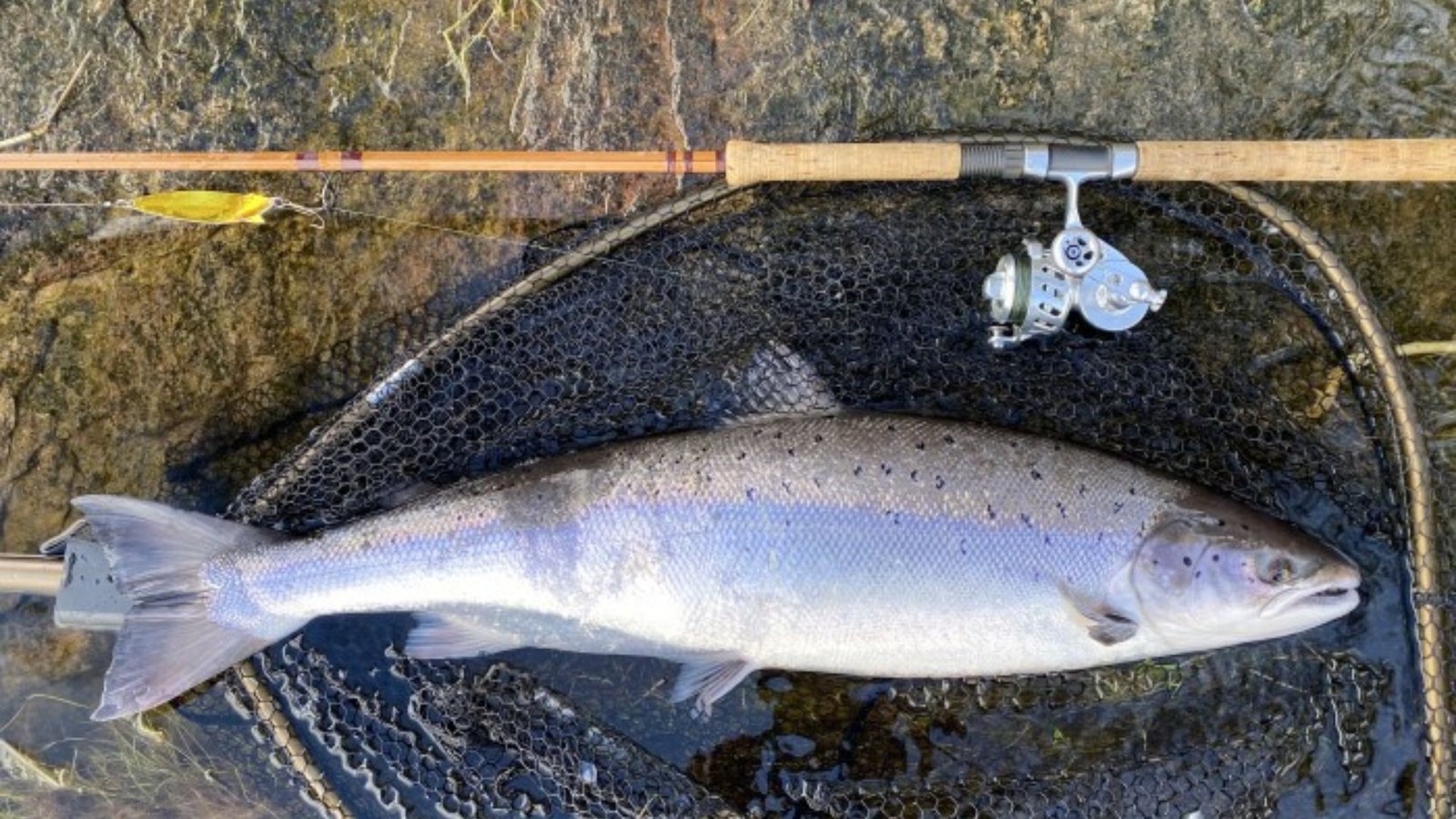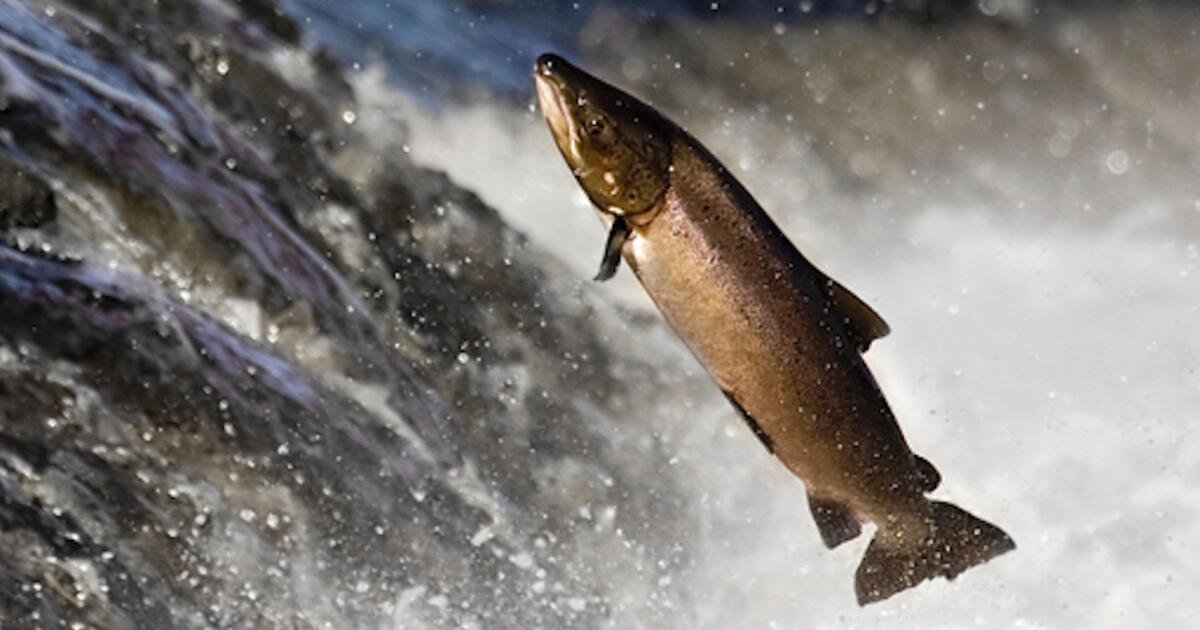Selecting appropriate gear is essential for salmon fly fishing. The right equipment enhances casting accuracy, improves presentation, and increases your chances of hooking and landing fish. Understanding the key factors in selecting equipment will help you make informed choices for your fishing adventures.

How to Select the Right Equipment for Salmon Fly Fishing
1. Consider Rod and Reel Specifications
a. Rod Length and Weight: Choose a fly rod suitable for salmon fishing, typically ranging from 9 to 10 feet in length with a weight class of 7 to 9. Longer rods provide better line control and casting distance, while heavier weights handle larger flies and fish.
b. Action and Flexibility: Opt for a rod with a medium to fast action for salmon fishing. This allows for precise casting and better control over the fly presentation in various water conditions.
c. Reel Capacity and Drag System: Select a reel that matches your rod weight and has a sufficient backing capacity (typically 150 to 200 yards for salmon). A smooth, adjustable drag system is crucial for handling powerful runs and protecting light tippets.
2. Choose the Right Fly Line
a. Weight Forward (WF) Line: Use WF lines designed for salmon fishing, matched to your rod weight. These lines provide excellent casting distance and accuracy, crucial for reaching salmon in different water conditions.
b. Sink Rate: Consider the sink rate of the fly line based on the water depth and current speed. Sink-tip or full-sink lines are useful for fishing deeper pools or fast-moving currents where salmon may be holding.
c. Floating Lines: For surface fishing or when targeting salmon feeding near the top, floating lines are effective. They allow precise control over fly presentation and are ideal for dry fly or surface nymphing techniques.
3. Select Appropriate Leaders and Tippets
a. Leader Length and Strength: Use leaders ranging from 9 to 12 feet in length, tapered to a finer tippet (4X to 1X) to match the fly size and water clarity. Longer leaders provide better turnover and natural drift of the fly.
b. Fluorocarbon vs. Nylon: Fluorocarbon leaders and tippets offer low visibility underwater and greater abrasion resistance, ideal for clear water conditions and wary fish. Nylon leaders are more affordable and provide stretch for absorbing sudden strikes.
4. Choose Effective Salmon Flies
a. Matching the Hatch: Research local hatches and match your fly patterns to natural insects or baitfish present in the water. Carry a variety of flies in different sizes and colors to adapt to changing conditions and fish preferences.
b. Popular Fly Patterns: Effective salmon fly patterns include traditional wet flies like the Green Highlander or modern streamers like the Woolly Bugger. Experiment with different patterns to find what works best in your fishing spot.
5. Consider Fishing Accessories
a. Waders and Boots: Invest in breathable waders and sturdy boots with felt or rubber soles for traction and comfort in various water conditions.
b. Fishing Vest or Pack: Organize essential tools such as nippers, forceps, and fly boxes in a fishing vest or pack for easy access while fishing.
6. Test and Adjust Your Gear
a. Practice Casting: Before hitting the water, practice casting with your chosen rod, reel, and line set up to familiarize yourself with their performance.
b. Field Testing: Test your gear in different fishing conditions to ensure it performs well and meets your expectations for casting distance, accuracy, and fish handling.
Conclusion: Choosing Wisely for Successful Fishing
Selecting the right equipment for salmon fly fishing involves understanding rod and reel specifications, choosing appropriate fly lines, leaders, and flies, and considering fishing accessories for comfort and efficiency. By matching your gear to local fishing conditions and practicing with your equipment, you can maximize your chances of success and enjoy a rewarding fishing experience on freshwater rivers.




